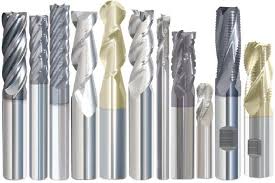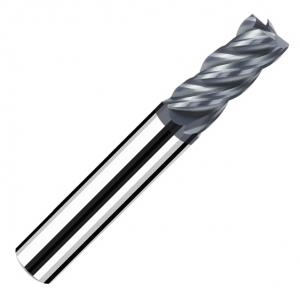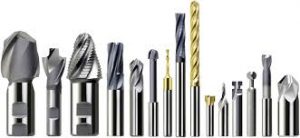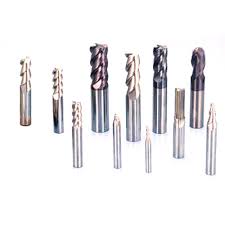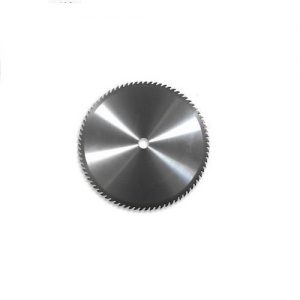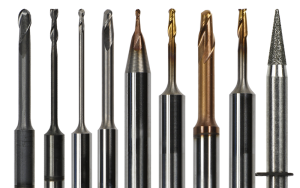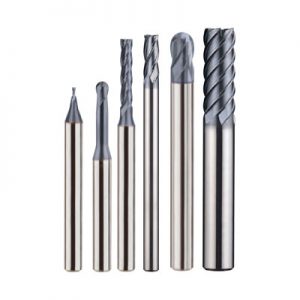
Der Schneider ist ein Mehrzahn-Drehwerkzeug, und jeder der Zähne ist an der Wendefläche des Fräsers befestigt. Fräsen zur gleichen Zeit, um an Schneiden der Schneide zu beteiligen ist länger, und keine leere Reise, Vc ist auch höher, so dass die höhere Produktivität. Viele Arten von Fräser, unterschiedliche Struktur, eine breite Palette von Anwendungen, je nach seiner Verwendung kann in Bearbeitung Ebene Fräser, Verarbeitung Rille mit einem Fräser, Verarbeitung Oberfläche mit Fräser und anderen drei Kategorien unterteilt werden. Die allgemeinen Spezifikationen des Fräsers wurden standardisiert, in der Regel durch professionelle Werkzeugfabrik hergestellt. Führen Sie nun die Eigenschaften von mehreren gängigen Fräsern und deren Anwendungsbereich ein.
1 Zylindrischer Schneider
Der zylindrische Schneider ist wie folgt. Es ist in der Regel aus Hochgeschwindigkeitsstahl gefertigt, die spiralförmige Schneidkante ist auf der zylindrischen Oberfläche verteilt, keine sekundäre Schneidkante, Spiralschneider Zahnschneiden wird allmählich geschnitten und aus dem Werkstück, so dass der Schneidvorgang stabiler ist. Hauptsächlich verwendet für horizontale Fräsmaschine Verarbeitung Breite ist weniger als die Länge der Fräsmaschine lange und enge Ebene. Entsprechend den unterschiedlichen Verarbeitungsanforderungen hat der zylindrische Messer grobe Zähne, feine Zähne der Punkte, grobe Zähne des Chipschlitzes, für grobe Verarbeitung, feine Zähne für die Veredelung. Wenn der Fräserdurchmesser groß ist, wird er oft zu einem Zahn gemacht.
2 Stirnfräser
Die Hauptschneidkante ist auf der zylindrischen oder konischen Oberfläche mit der Endschneidkante als sekundäre Schneidkante verteilt und die Achse des Fräsers ist senkrecht zur bearbeiteten Fläche. Hartmetallfräser und Hochgeschwindigkeitsstahlfräser im Vergleich zur höheren Fräsgeschwindigkeit ist die Qualität der Bearbeitungsfläche auch gut und kann mit einer harten und gehärteten Schicht des Werkstücks verarbeitet werden. Es ist weit verbreitet. Hartmetall-Messer nach der Klinge und die Installation von verschiedenen Zähnen kann in ein Ganzes, ein Ordner von einem Schweißen und transpositionable drei aufgeteilt werden.
Fräsmaschinen werden vorwiegend in Vertikalfräsmaschinen oder Horizontalfräsmaschinen eingesetzt, um die Stufenfläche und -ebene zu verarbeiten, insbesondere für die Großflächenbearbeitung, der Hauptwinkel des 90 ° -Fräsers kann ein breiter Boden der Fräsfläche sein. Mit der Stirnfräser Verarbeitung Ebene, zur gleichen Zeit, um das Schneiden der mehr Zähne und Vice Schneidkante der Rolle des Lichts zu beteiligen, so dass die Verarbeitung Oberfläche Rauheit Wert ist klein, so können Sie eine größere Menge an Schneiden, hohe Produktivität, weit verbreitet.
